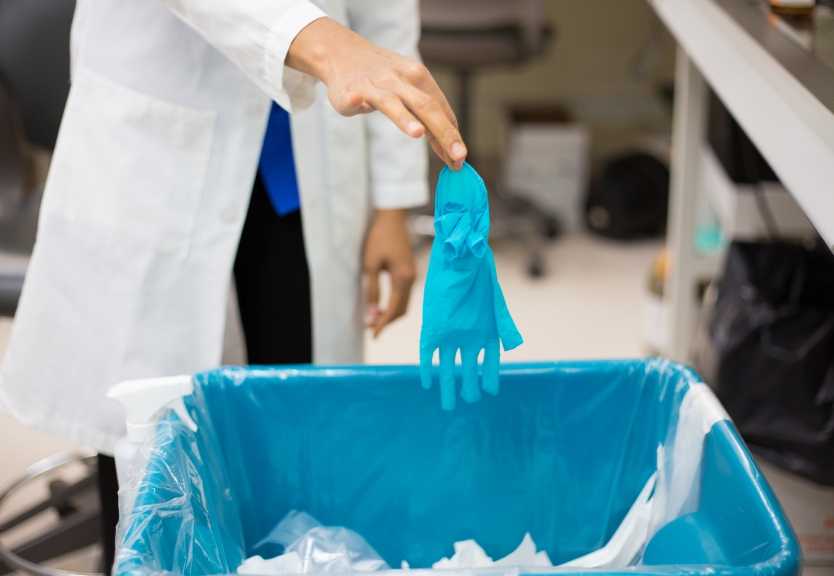 Medical Waste Containers and Why They are Important
Medical Waste Containers and Why They are Important
Medical institutions generate huge volumes of wastes in a single day. These wastes should be dealt with a lot of caution in all the stages of elimination. These health institutions have equipment which can be used to incinerate some of the wastes. Even after burning they still have to get ways of disposing of wastes such as needles, syringes, and chemical wastes. The problem of disposal is usually greater for smaller institutions that cannot afford incineration machines to help decrease the volumes of waste.
To effectively dispose of medical waste including used syringes, scalpels, and IV catheters, use sharp containers to ensure that they are thoroughly segregated. It is a requirement that a needle should be used once then disposed to avoid its use on another patient. Needle sharing is a prevalent source of AIDS along with infections attributable to blood to blood contamination such as hepatitis B and C. The containers are red or yellow and constructed of solid plastic making it safe to handle and resist needle punctures. The container should also have biohazardous material label. The contains are two types those used once and then discarded. Reusable type is the second variant, which is usually disinfected by use of machines then the contents are placed in a medical waste handling plant before it is returned for another round of use.
Healthcare centers and hospitals normally have sharps containers in their patient treatment area. Individuals who have diabetes should have a disposal kit in their homes as they have to administer insulin injection daily. Poorly disposed sharps can result in spread of diseases.
The processing of keeping used sharps is quite easy. Simply drop them through the slot in the top of the container without coming in contact with the exterior portion. Never push or force the needles into avoiding damage and needle stick accidents. Do not allow the container to fill to the brim. The full container should be made to authorized venue or a medical facility for disposal.
Different sizes of these containers are available. Small containers can easily fit an examination room counters, and large models are usually used in high-traffic locations such as operating rooms.
Waste disposal is a very important aspect of medical systems that cannot go by unnoticed. Poor disposal of even a single tool can result in the spread of a deadly disease to the public. proper waste disposal is critical for the safety of the wellness of the sick, the public and the surroundings.
What Research About Products Can Teach You
Interesting Research on Equipment – What No One Ever Told You